Have you ever caught your cat staring at you with those wide, mysterious eyes, and wondered what’s really going on in their heart? It’s easy to think of cats as aloof, but beneath those gentle purrs and twitching tails is a whole world of emotion. Our feline friends may not always show it, but they crave security, comfort, and connection. Imagine being the calm in their storm, the hand they seek when the world feels big and scary. If you’ve ever wished your cat would trust you with all their messy, beautiful feline feelings, this is your guide to becoming the emotional anchor they never knew they needed.
Understanding Your Cat’s Emotional Landscape

Cats might seem mysterious, but their emotional needs are surprisingly deep. Just like people, they can feel joy, anxiety, loneliness, and even jealousy. It’s easy to overlook their feelings because they don’t always show them like dogs do. If you watch closely, you’ll see the subtle hints—a twitching tail, a nervous lick, or a slow blink of trust. Learning to read these signs is the first step to becoming their steady anchor. When a cat feels heard and understood, their confidence blossoms. Think of yourself as their safe harbor, always ready to weather their emotional storms. It’s a bond built on patience, gentle observation, and a willingness to listen with your heart.
Building Trust: The Foundation of Feline Security

Trust is everything in a cat’s world. They’re naturally cautious, always on the lookout for danger, and it can take time for them to let their guard down. Start by giving your cat control over their space—let them approach you on their terms. Avoid forcing cuddles or picking them up if they’re not in the mood. Instead, sit quietly nearby, offer a soft voice, and let them come to you. Over time, your patience will pay off as your cat realizes you’re someone they can rely on. Trust grows in small moments: a gentle touch, a treat offered, or simply respecting their boundaries. As this trust takes root, you’ll become their emotional anchor, someone they can always turn to.
The Power of Routine: Creating a Calm Environment

Cats thrive on predictability. Knowing what to expect from their environment helps them feel safe and secure. Establish regular feeding times, play sessions, and quiet moments together. Even small routines, like greeting your cat each morning or saying goodnight, can make a big difference. When life gets hectic, a familiar routine is like a soft blanket wrapping your cat in reassurance. This doesn’t mean life has to be rigid, but small, consistent habits let your cat know they’re cared for. If you travel or your schedule changes, try to keep some routines the same—your cat will thank you for it. Consistency shows your cat you’re a steady presence, rain or shine.
Reading the Body Language: Listening Without Words

Cats speak volumes without ever saying a word. Their body language is a secret code that tells you everything you need to know about their feelings. Ears pinned back might mean annoyance or fear, while a slow blink signals trust and affection. If your cat flicks their tail, they could be irritated or over-stimulated. Paying attention to these signals is like learning a new language, one that can deepen your bond. Respond appropriately—give space when needed, or offer gentle affection when invited. Over time, your cat will recognize that you’re tuned in to their needs. This silent conversation is at the heart of being an emotional anchor.
Offering Comfort Through Touch

Not every cat is a lap cat, but most crave physical comfort in their own way. Gentle petting, a soft brush, or simply sitting close by can provide immense reassurance. Always let your cat decide when and how they want to be touched. If they nuzzle your hand or flop beside you, take it as a compliment—they trust you enough to seek comfort. Some cats love chin scratches, while others prefer a back rub. Experiment with different types of touch, and notice what your cat enjoys most. Your gentle, respectful touch can be a lifeline when your cat feels anxious or alone.
Creating Safe Spaces Within Your Home
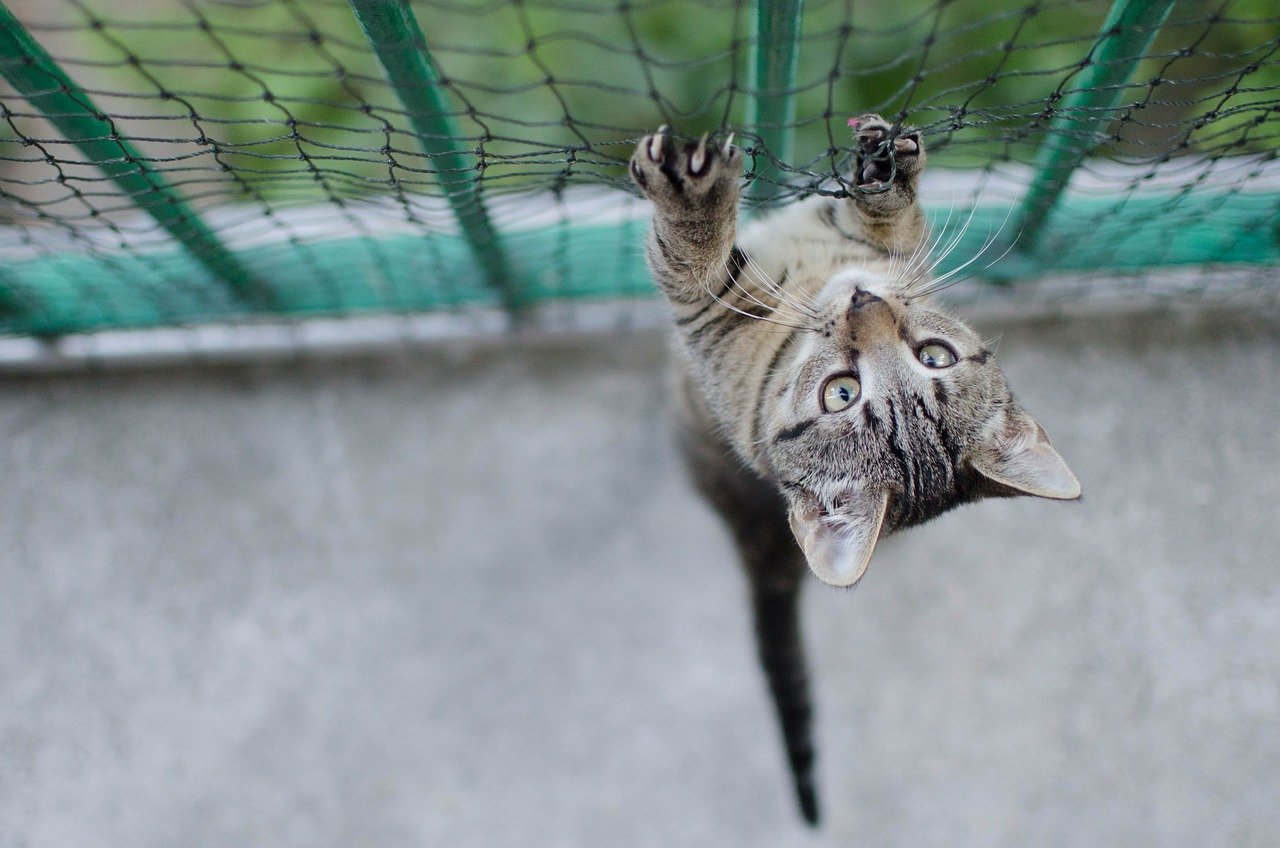
Every cat needs a sanctuary—a place where they can retreat and feel completely safe. This could be a cozy bed in a quiet corner, a high perch by the window, or even a cardboard box tucked away. Make sure your cat has access to these safe spaces at all times. Avoid disturbing them when they’re hiding or resting; let them come out when they’re ready. These retreats are more than just comfort—they’re vital for your cat’s emotional well-being. When your cat knows they have a secure spot to retreat to, they’re more likely to explore and engage with you confidently.
Using Your Voice to Soothe and Connect
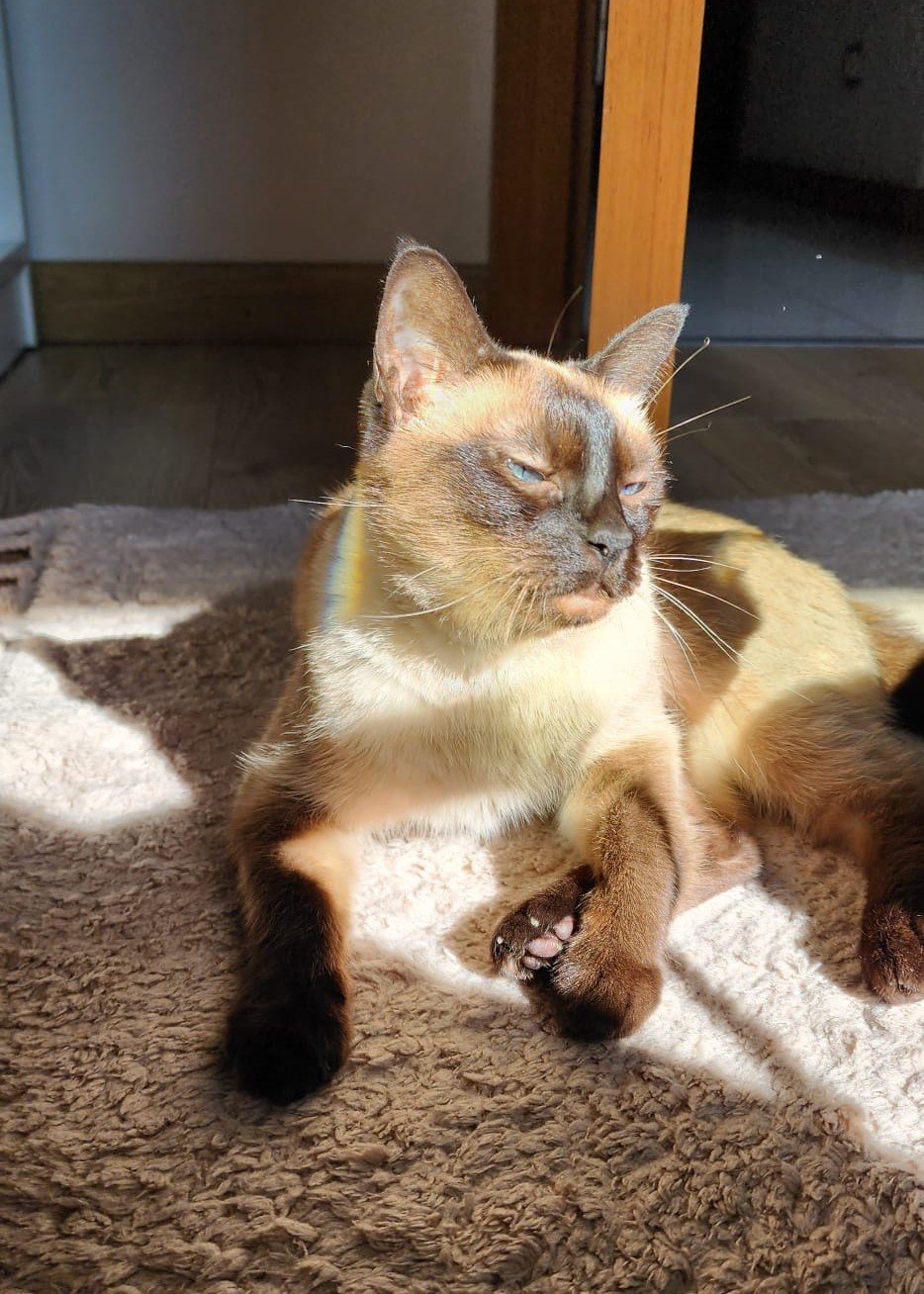
Your cat knows your voice better than you think. Soft, calm tones can be incredibly soothing, especially in stressful situations. Try talking to your cat throughout the day, even if you feel a little silly at first. Narrate what you’re doing, sing a quiet song, or offer gentle words of encouragement. Over time, your cat will learn to associate your voice with safety and comfort. If your cat is nervous or scared, a quiet, reassuring voice can help them relax. Words may not mean much to a cat, but the emotion behind them is unmistakable.
Responding to Stress: Calming Your Cat’s Fears

Life is full of surprises—some of them stressful for cats. Loud noises, strangers, or even a trip to the vet can send your feline friend into a tailspin. When you notice your cat is stressed, keep your movements slow and your voice gentle. Offer a favorite toy or treat, and give them space if they want it. Never scold or punish a frightened cat; instead, let them know you’re there for support. Sometimes, just sitting nearby can make all the difference. With practice, you’ll become your cat’s calm anchor in a sea of chaos.
Encouraging Healthy Play to Release Emotions

Play isn’t just about fun—it’s a powerful way for cats to express and process their emotions. Chasing a feather wand or pouncing on a toy mouse helps release pent-up energy and stress. Make time each day for interactive play, using a variety of toys to keep things interesting. Let your cat lead the way and set the pace. Play sessions are also a great opportunity to bond, building trust and confidence. When your cat feels overwhelmed, a good play session can help them reset emotionally. Remember, play isn’t just for kittens—cats of all ages benefit from a little wildness now and then.
Feeding With Heart: Food as Emotional Support
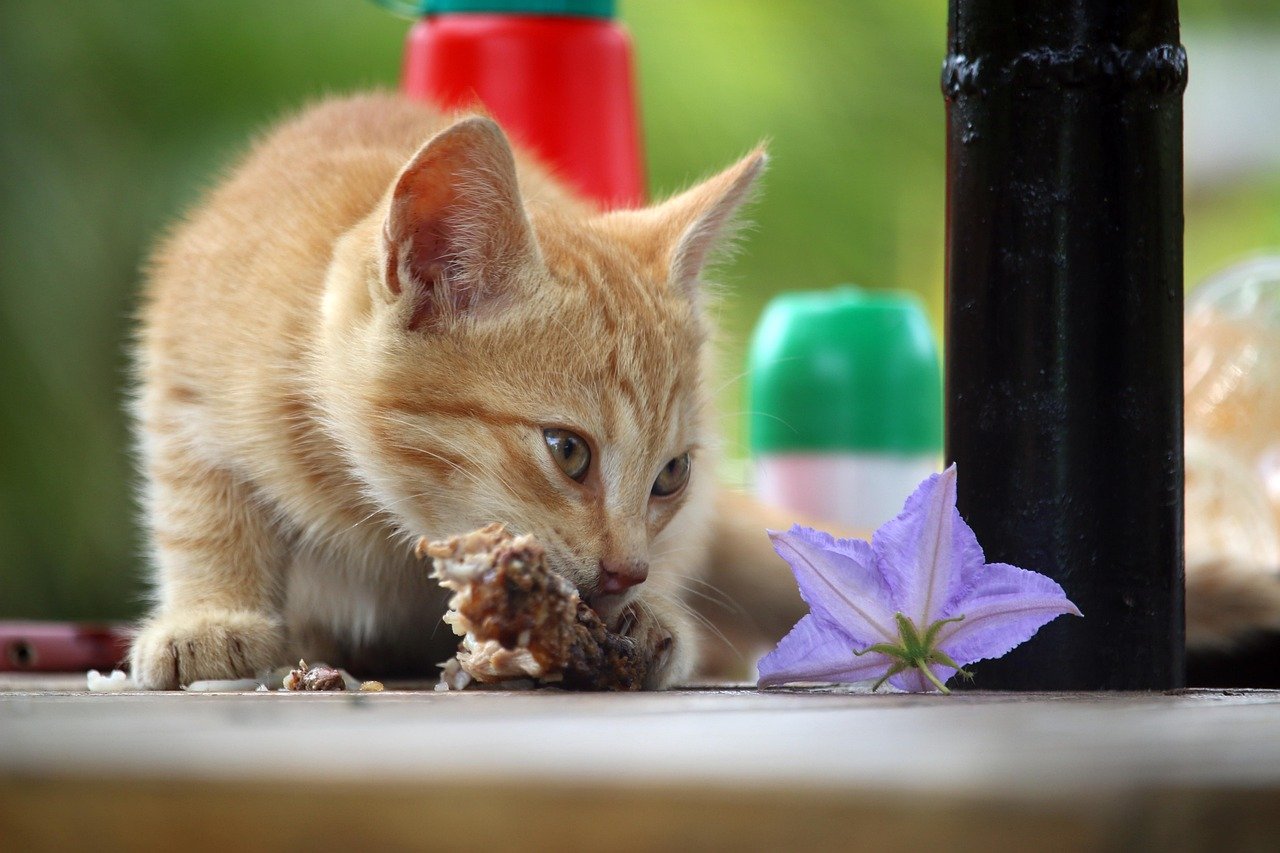
Mealtime is more than just filling a bowl—it’s a chance to connect emotionally with your cat. Offering their favorite treats or a special meal can be a soothing ritual, especially during stressful times. Some cats enjoy eating near their humans, while others prefer privacy. Pay attention to your cat’s preferences and respect their mealtime boundaries. If your cat is anxious or unwell, try hand-feeding or offering a comforting treat. These small gestures show your cat that you notice and care about their feelings. Over time, mealtime becomes a moment of reassurance and connection.
Handling Separation and Loneliness

Cats may act independent, but many feel lonely when their humans are away. If you work long hours or travel, consider leaving a piece of clothing with your scent in their favorite spot. Toys, puzzle feeders, and interactive play before you leave can help ease their anxiety. When you return home, greet your cat warmly and spend a few moments reconnecting. If your cat seems especially lonely, consider adopting a second feline companion—but only if your cat enjoys the company of others. Your presence is the greatest comfort, so make the time you share count.
Recognizing Signs of Emotional Distress

Sometimes, a cat’s emotional struggles go unnoticed. Look for changes in behavior—hiding, excessive grooming, loss of appetite, or aggression can all signal distress. Don’t ignore these warning signs; they’re your cat’s way of asking for help. Try to identify any changes in their environment or routine that might be causing stress. If problems persist, consult a veterinarian to rule out medical issues. Addressing emotional distress early can prevent deeper problems down the line. Being proactive shows your cat that you’re truly their emotional anchor.
The Healing Power of Gentle Presence

Sometimes, your cat doesn’t need action—just your quiet companionship. Sitting together in silence can be deeply healing for both of you. You don’t have to talk, pet, or play—just be there, sharing the same space. This gentle presence reassures your cat that they’re not alone, even on the hardest days. It’s the feline equivalent of a warm, silent hug. Over time, your cat will come to see you as their constant, steady support.
Respecting Individual Personality and Needs

No two cats are alike. Some are outgoing and bold, while others are shy or reserved. Embrace your cat’s unique personality, and don’t try to force them into a mold. Get to know what makes your cat tick—do they love quiet afternoons or wild play sessions? Do they crave attention or prefer solitude? Celebrate these differences, and adjust your approach accordingly. Your willingness to see and respect your cat as an individual is a gift they’ll cherish.
Supporting Your Cat Through Change
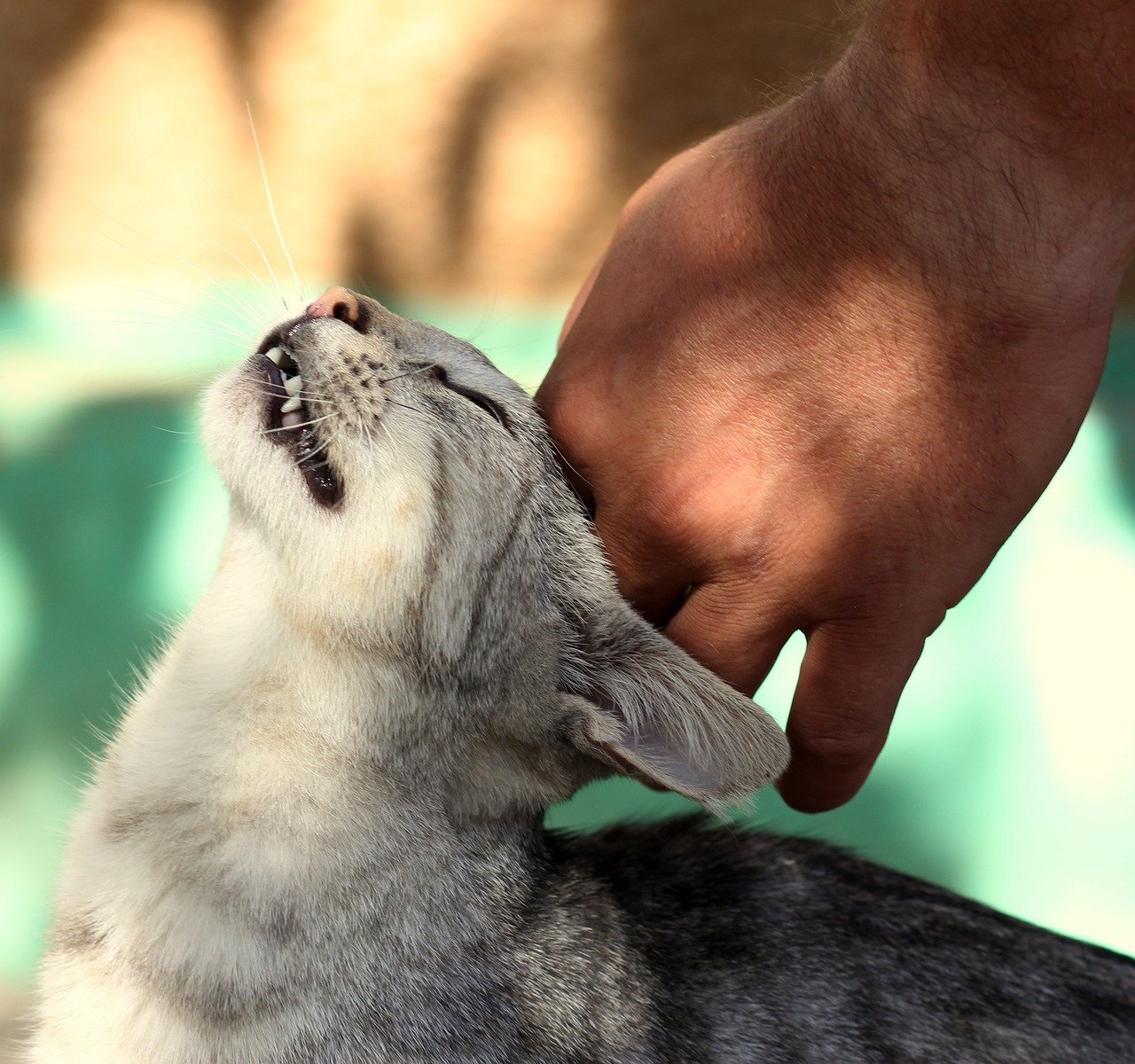
Big life changes—moving, new family members, or even rearranging furniture—can be stressful for cats. Prepare your cat by introducing changes gradually, and keep some routines the same. Offer extra comfort and patience during transitions. If possible, set up a familiar space in your new home before bringing your cat in. Talk to your cat and use familiar objects to help them adjust. Your calm presence during times of change is the anchor they need to feel secure.
Building Confidence Through Positive Reinforcement

Celebrate your cat’s bravery and curiosity with praise and treats. Positive reinforcement helps shy or anxious cats build confidence in themselves—and in you. If your cat tries something new, like exploring a different room or meeting a new person, reward them with a gentle word or a tasty treat. Avoid punishment or harsh corrections, which can damage trust. Instead, focus on encouragement and support. Over time, your cat will learn that you’re their biggest cheerleader.
Managing Multi-Cat Households With Care

If you share your home with more than one cat, emotional dynamics can get complicated. Make sure each cat has their own space, food bowls, and litter boxes to prevent competition and stress. Watch for signs of bullying or tension, and intervene gently if needed. Encourage positive interactions through group play or shared treats, but never force cats to interact if they’re uncomfortable. Balancing multiple feline personalities takes patience, but your steady presence can help everyone feel secure.
Using Enrichment to Soothe and Stimulate

Boredom can lead to stress and emotional unrest in cats. Offer a variety of enrichment activities—window perches for bird watching, puzzle toys, scratching posts, and new scents to explore. Rotate toys regularly to keep things fresh and exciting. Even simple changes, like a new cardboard box or a sprinkle of catnip, can bring joy and relaxation. Enrichment isn’t just about fun—it’s about giving your cat healthy outlets for their emotions.
Knowing When to Seek Professional Help
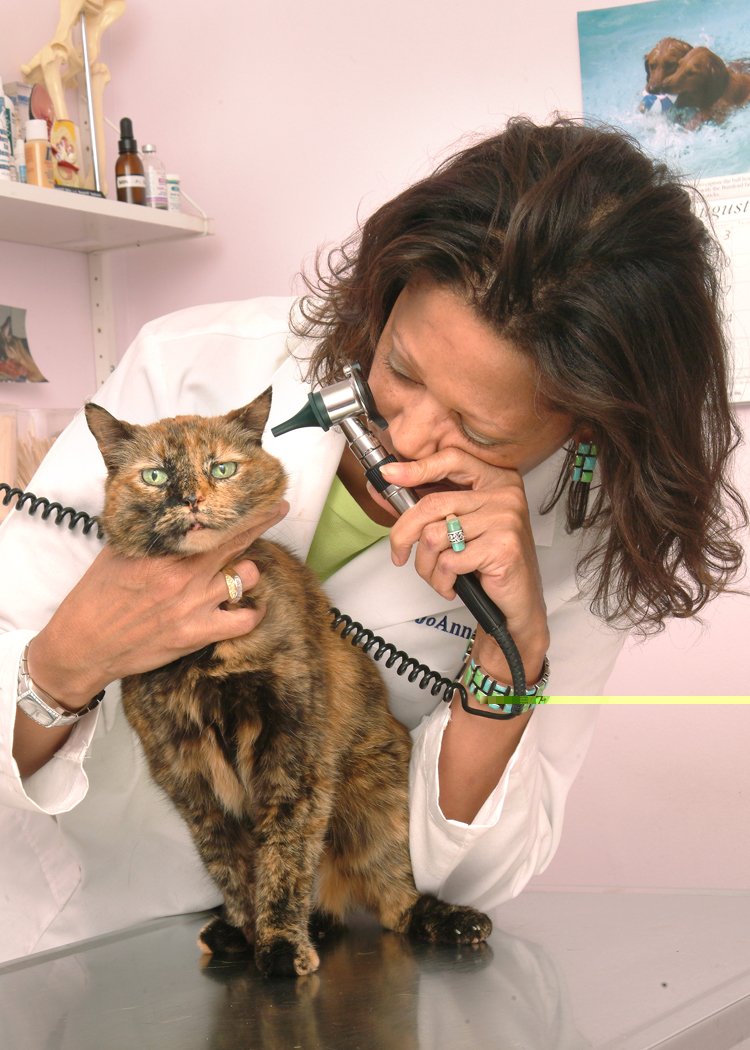
Sometimes, despite your best efforts, your cat may need extra support. If you notice persistent anxiety, aggression, or withdrawal, don’t hesitate to contact a veterinarian or feline behaviorist. Professional guidance can address underlying issues you might not see. Remember, seeking help isn’t a failure—it’s a sign of love and commitment. Your willingness to get support shows your cat that you’ll do whatever it takes to keep them happy and healthy.
Nurturing a Lifelong Emotional Connection
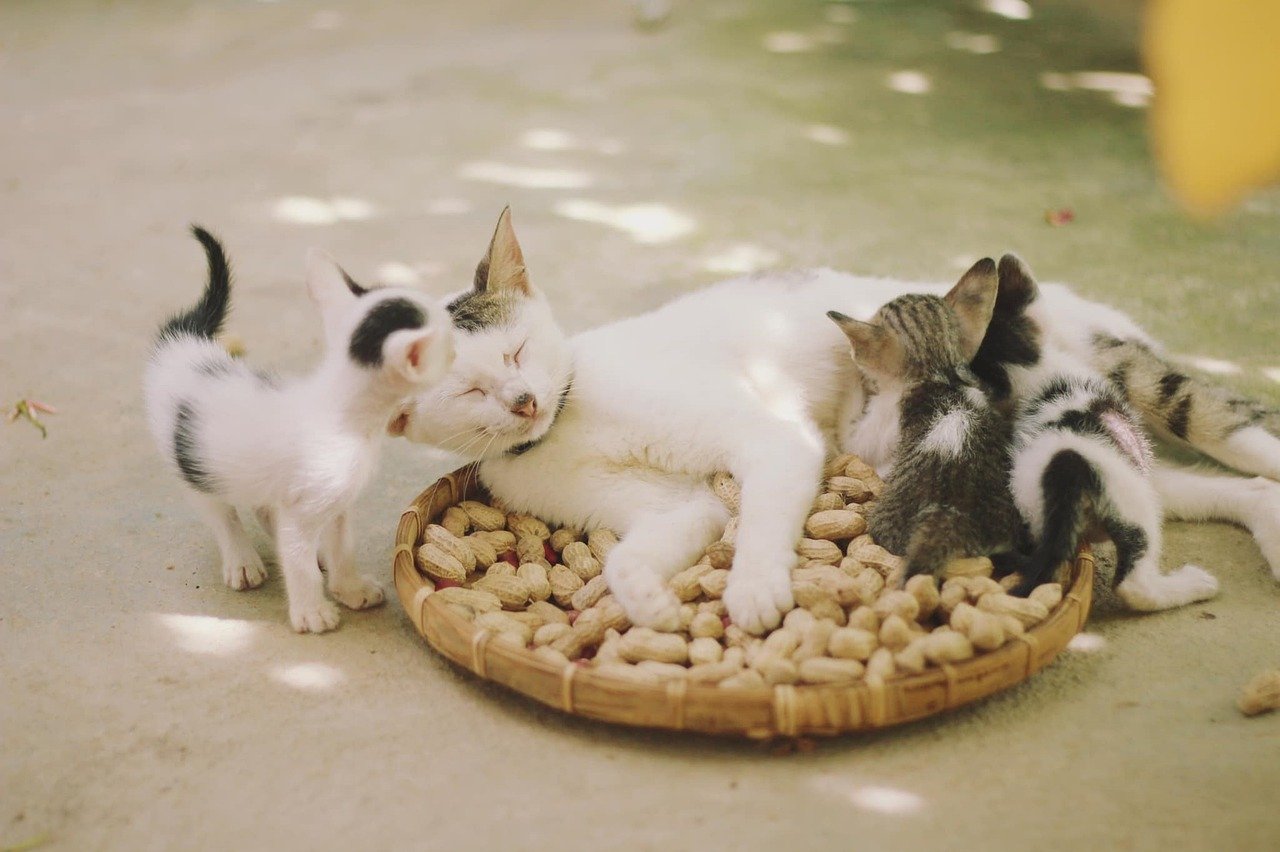
The journey to becoming your cat’s emotional anchor is filled with small, beautiful moments—soft purrs, shared glances, and quiet afternoons together. This bond grows stronger with time, patience, and genuine care. By showing up for your cat, day after day, you become the heart of their world. The love and trust you build will last a lifetime, grounding your cat in a sense of safety and belonging.
Hi, I’m Bola, a passionate writer and creative strategist with a knack for crafting compelling content that educates, inspires, and connects. Over the years, I’ve honed my skills across various writing fields, including content creation, copywriting, online course development, and video scriptwriting.
When I’m not at my desk, you’ll find me exploring new ideas, reading books, or brainstorming creative ways to solve challenges. I believe that words have the power to transform, and I’m here to help you leverage that power for success.
Thanks for stopping by, Keep coming to this website to checkout new articles form me. You’d always love it!






